Step on the gas: faster green energy push
Chris Bowen and the states will speed up the rollout of renewables, gas-proof Australia and minimise electricity market shocks.

Chris Bowen and state energy ministers will speed up the rollout of renewables, gas-proof Australia and minimise electricity market shocks under a national plan focused on slashing emissions.
The strategy, expected to be signed off by energy ministers during a six-hour meeting in Canberra on Friday, will commit to accelerating a whole-of-system plan for the National Electricity Market and driving investment in modern power networks.
The federal, state and territory governments will also endorse gas market reforms giving the Australian Energy Market Operator greater oversight over producers and powers to procure and store gas in facilities across the east coast.
As The Australian revealed last week, energy ministers will also back calls to develop and insert an environmental clause in the national electricity objective to enshrine emissions reduction and broader climate goals.
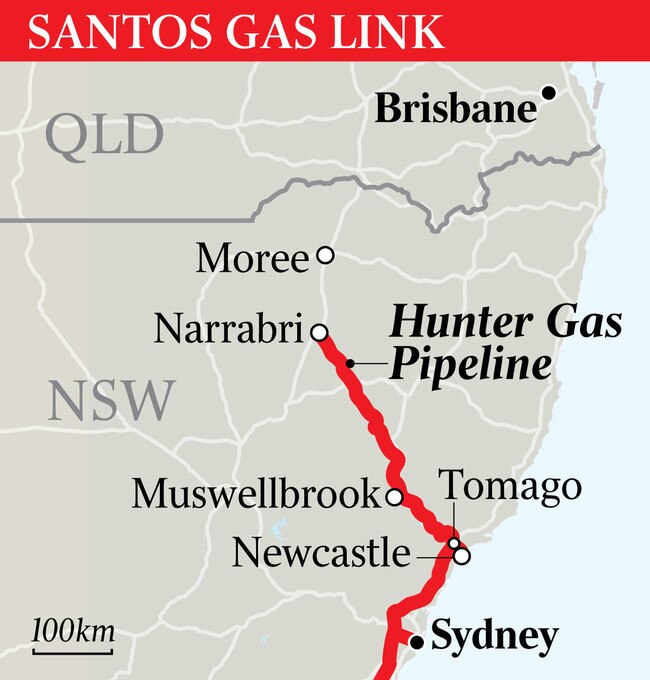
The energy meeting comes after Santos on Thursday announced it would build a new pipeline delivering gas from Narrabri to Sydney and the southern states following warnings from the competition watchdog about record gas shortfalls next year.
With the Albanese government considering whether to pull the trigger under a revamped Australian Domestic Gas Security Mechanism, Santos and other LNG exporters have pledged to plug shortfalls in the market over the short to medium term.
Energy ministers will also fast-track work on the Energy Security Board’s post-2025 electricity market reforms, headlined by the development of a capacity mechanism requiring retailers to lock in energy supply from generators in advance.
Mr Bowen, the federal Minister for Energy and Climate Change, has made clear the mechanism, which would secure reliability in the grid ahead of the exit of coal-fired power stations, would be consistent with the government’s emissions reduction targets and commitment to renewables and new technologies.
AEMO’s integrated systems plan released in June flagged a nine-fold increase in grid-scale wind and solar capacity, a tripling of firming capacity including dispatchable storage, gas-fired and hydro generation and a five-fold increase in solar.
The report forecast a doubling of electricity demand by 2050.
Under its plan to modernise transmission networks, the Albanese government’s $20bn Rewiring the Nation election policy will consider priority investments in projects including the expansion of the NSW-Victoria interconnector, the HumeLink in NSW and Marinus Link, which will pump renewable power from Tasmania into the NEM.
Industry sources told The Australian that the prospect of AEMO being handed new powers to buy and store gas to ease a crunch must be carefully assessed, given costs would ultimately be passed back to consumers.

AEMO on Thursday confirmed the cost of calling on emergency electricity reserves soared to $130m in the 2021-22 financial year from just $660,000.
The last-ditch power mechanism – known as the Reliability and Emergency Reserve Trader – is used by AEMO in a bid to maintain power system security using reserve supplies and demand management contracts previously agreed with the market.
Speaking at a Queensland Resources Council event in Brisbane on Thursday, Resources Minister Madeleine King called out Labor members and others who questioned the importance of gas and coal in the transition to a decarbonised economy.
“It’s not just those other parties (Greens and teal independents), there are people within my party that have doubts about gas and probably people in the Coalition as well,” she said.
Ms King, who is leading an overhaul of the gas trigger that if pulled would force LNG exporters to keep more supply in the domestic market, said “the world doesn’t have net zero” without Australian resources.
“The coal and the gas sectors will ensure secure and affordable energy supplies as economies make the move to clean energy sources as quickly as they can,” she said.
Santos, which along with other LNG companies has benefited from a $70bn surge in gas exports over the past 12 months, said its new pipeline would relieve pressure on existing infrastructure, which hit near-capacity during the east coast energy crisis.
Santos midstream and clean fuels president Brett Woods said the 833km pipeline, which will begin construction in early 2024, would lock in delivery of gas from its Narrabri gas project to east coast domestic markets.
The $1.2bn Hunter Gas Pipeline would establish a second route to southern markets for Queensland gas, flowing from Wallumbilla down to Newcastle and near the Narrabri facility.
“At a time when the ACCC is forecasting domestic gas shortfalls, our Narrabri project, which is 100 per cent committed to the domestic market, will inject new supply into southern domestic markets and put downward pressure on gas prices for NSW businesses, manufacturers and families,” Mr Woods said.
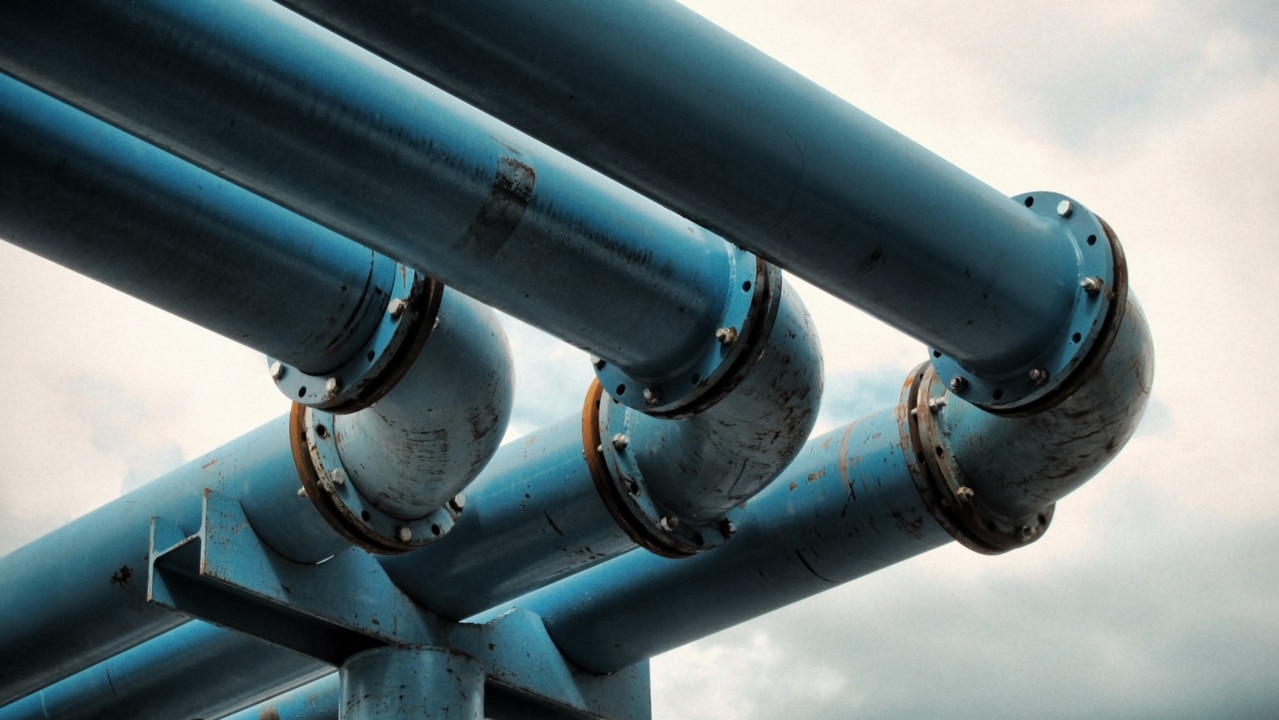
“It will make more gas available to cover peak demand periods, especially in circumstances where gas power generators are called on unexpectedly to replace wind, solar and coal outages, as we have seen this winter.
“Once fully operational, Narrabri has the potential to deliver more than half NSW’s gas demand, creating a more secure, local and affordable supply for businesses, manufacturers and families.”
Gas shortages in Victoria this winter have threatened to plunge the electricity market into a fresh crisis, after the power grid operator warned the system would be fragile for weeks.
The competition watchdog has also cautioned that LNG exporters – including Santos, which runs the GLNG gas export plant in Queensland – had been put on notice to plug a 56 petajoules shortfall or face sweeping regulatory intervention.
The current single pipeline route – APA Group’s southwest Queensland pipeline and the Moomba-Sydney pipeline – are already nearly fully contracted for the 2023 and 2024 winter periods, UBS has said.
Ahead of releasing the updated ADGSM trigger in coming weeks, Ms King said natural gas was the “ally” of renewable energy as it filled the void of intermittent wind and solar.
“More supply from more sources, more proponents and more vendors, for lack of a better word, is definitely part of the solution. Making more gas available to more people is important to end that ongoing shortage that has been predicted,” she said.
“I have already foreshadowed once we get the regulations in place and it is all approved, that we will seek to prepare, in any event, a notice of intention to activate the mechanism because we do need to address the shortfall that the ACCC report has put out there.
“We want a sustainable and ongoing system of gas supply for the domestic market while also honouring the arrangements companies have in place with international partners.”
Additional reporting: Lydia Lynch

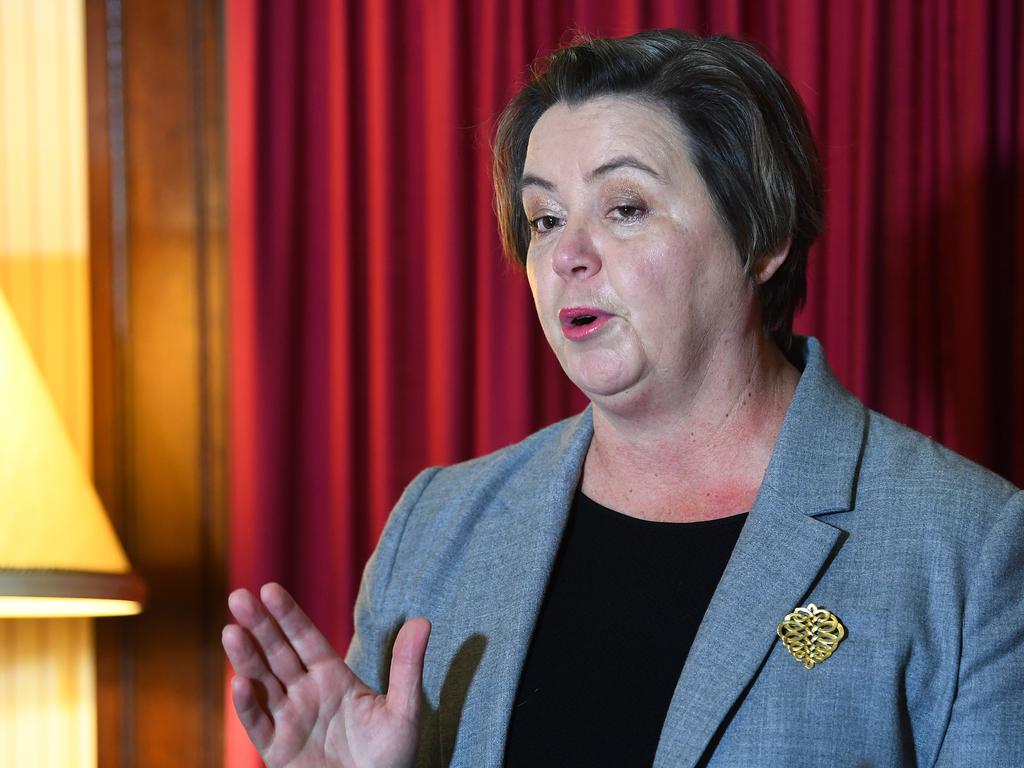
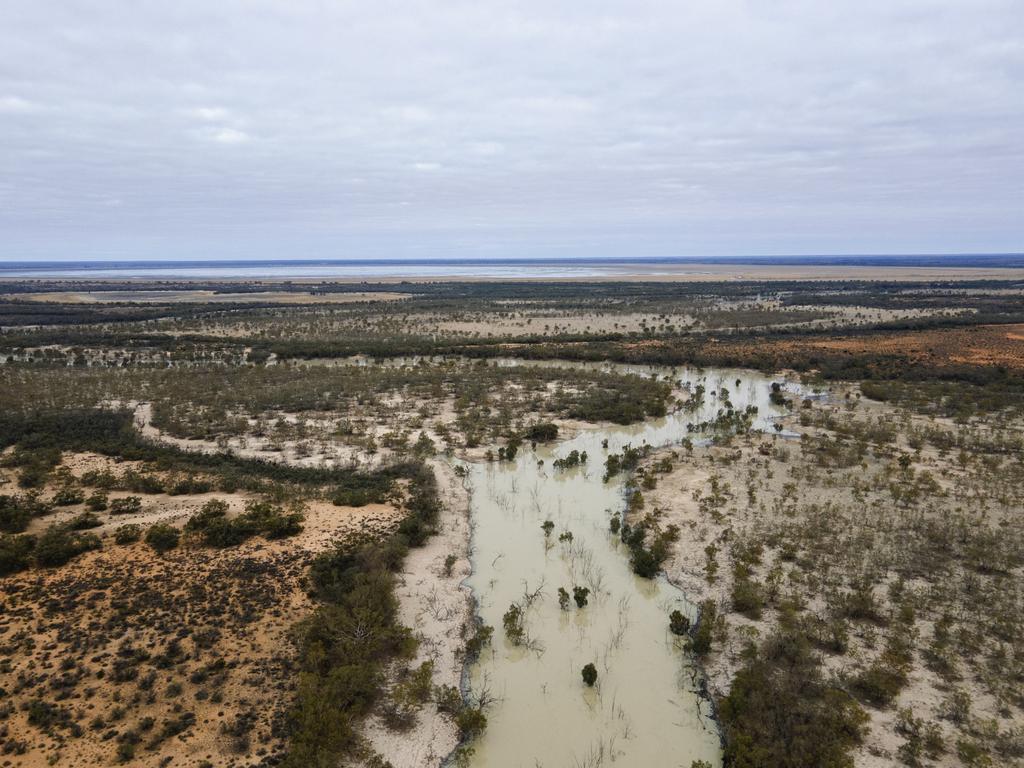

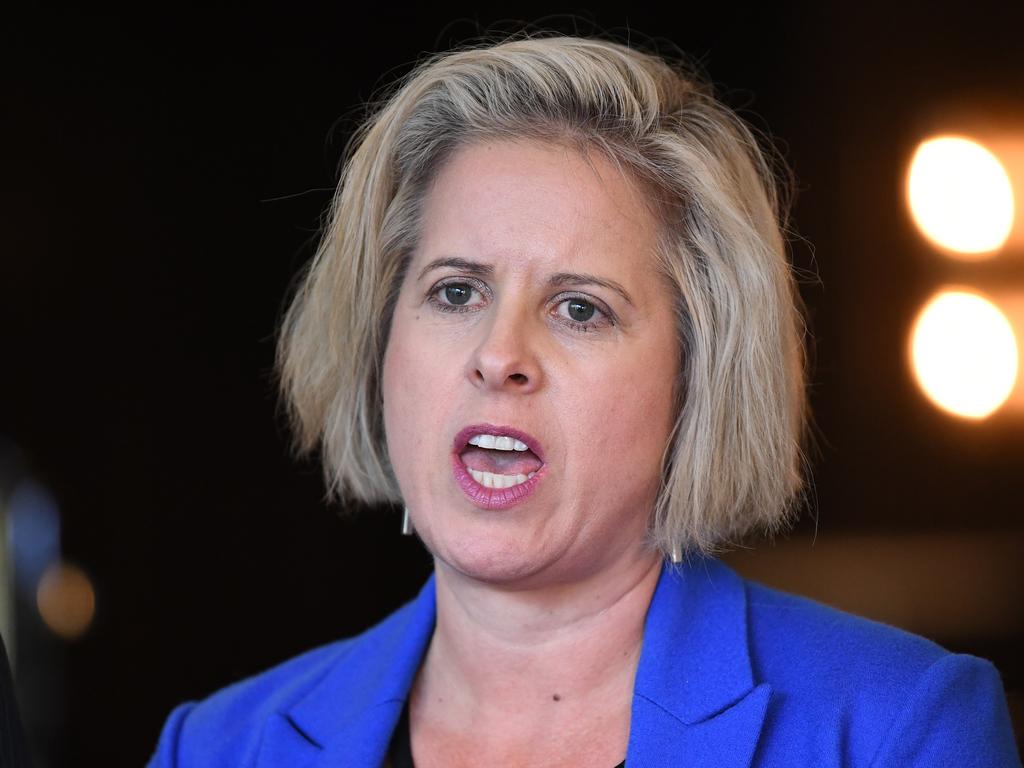

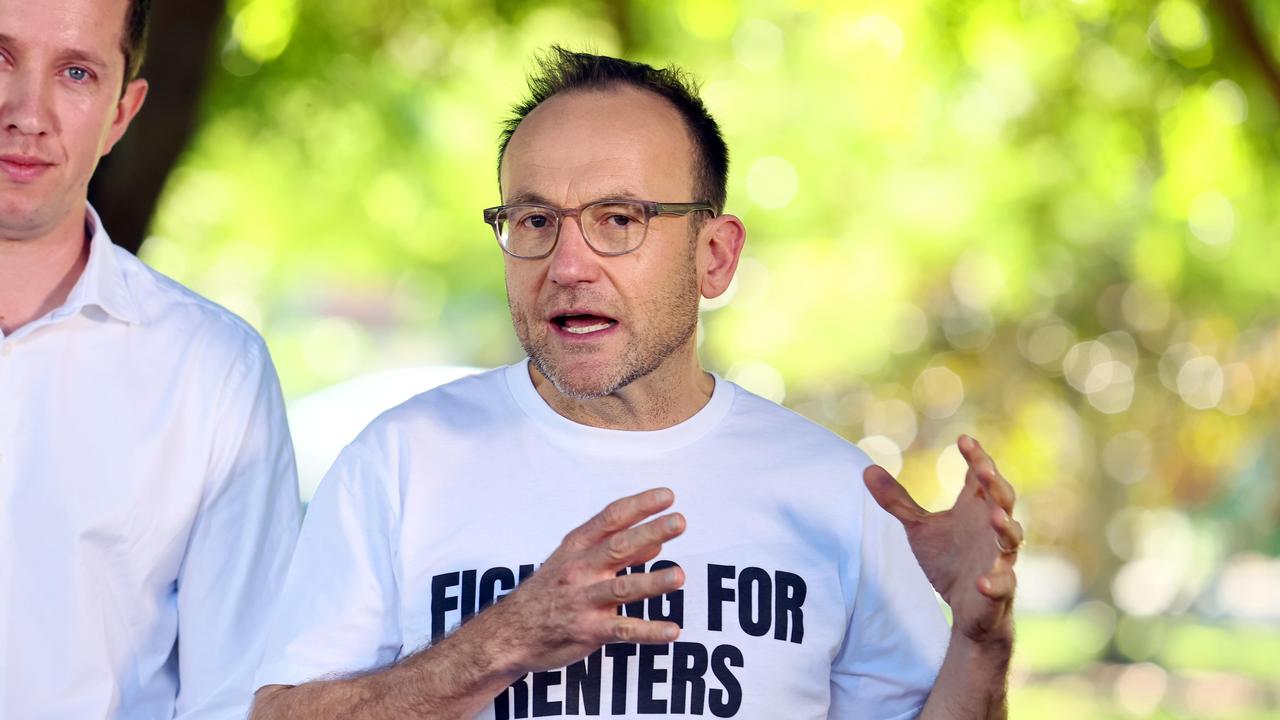
To join the conversation, please log in. Don't have an account? Register
Join the conversation, you are commenting as Logout